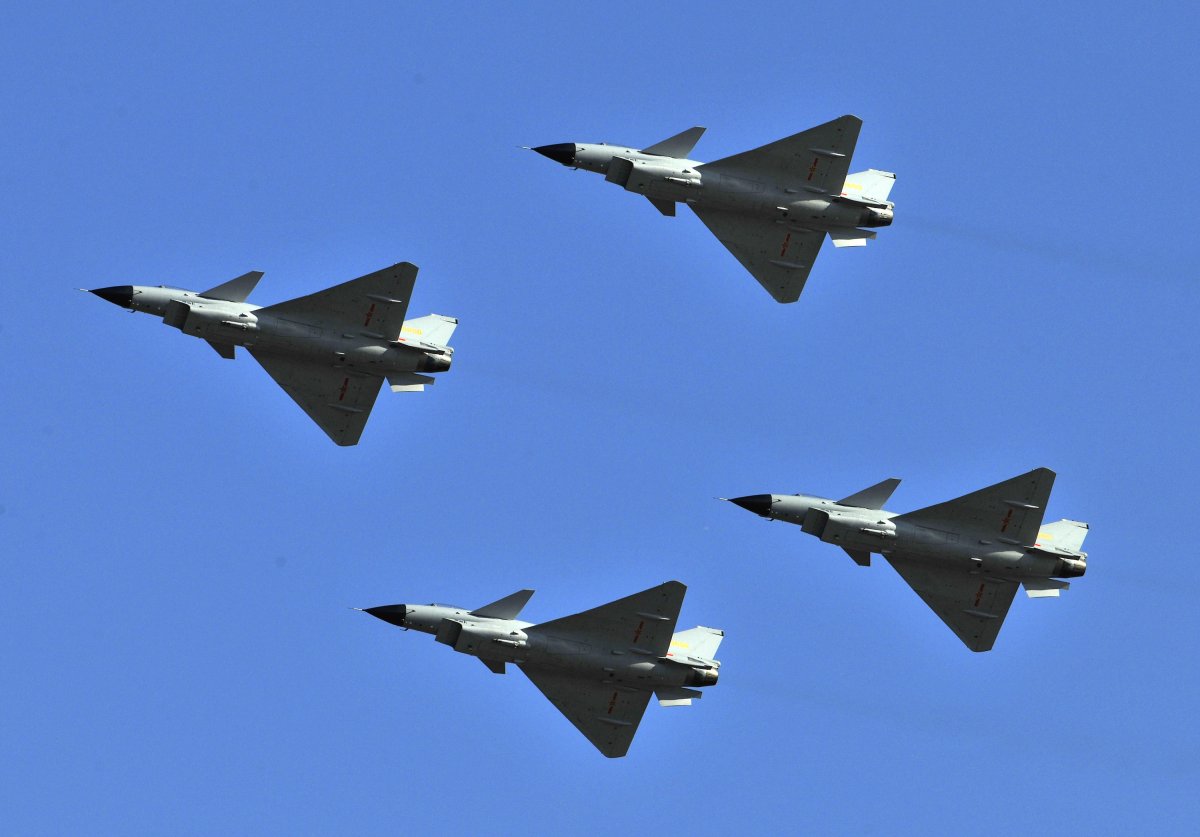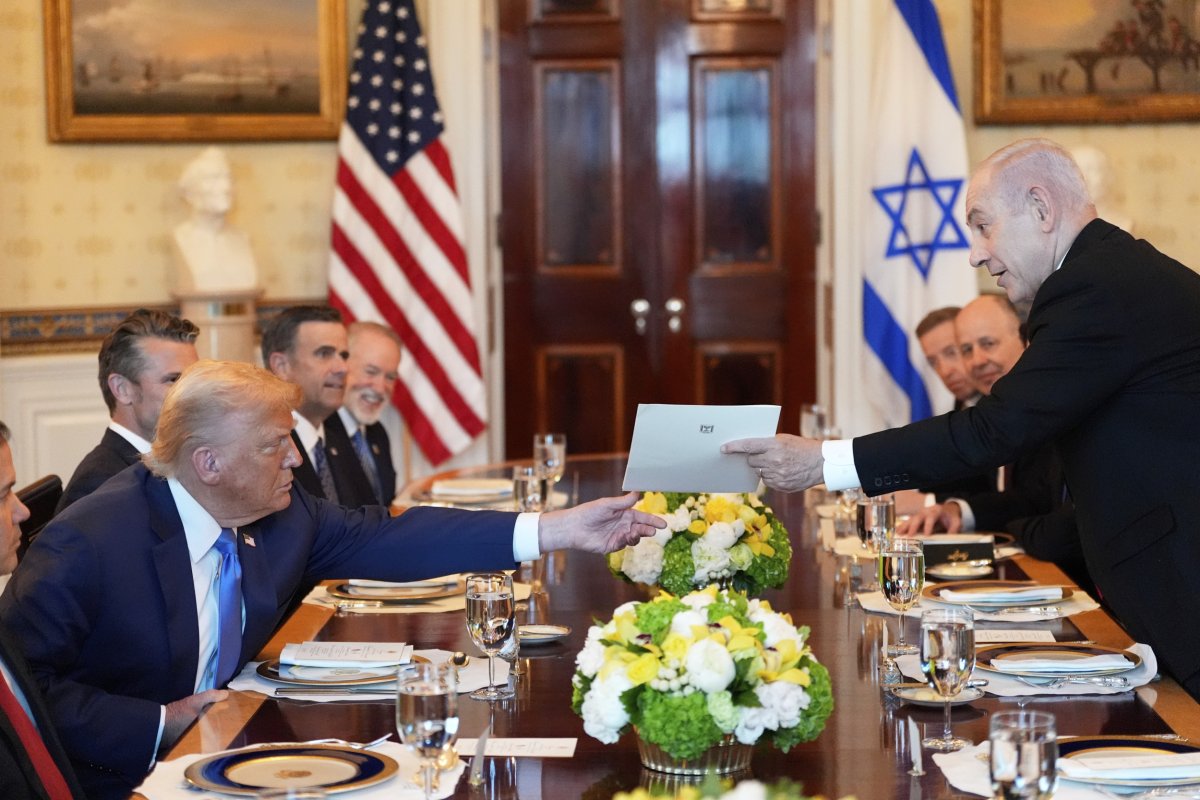Tensions between Iran and Israel remain high following their 12-day war in June—their most direct and destructive confrontation to date.
The conflict began on June 13 with Israeli strikes on Iranian nuclear and military targets, triggering a major Iranian response involving hundreds of drones and ballistic missiles aimed at Israel. On June 22, the U.S. launched air and missile strikes on key Iranian nuclear facilities. Iran retaliated by targeting a U.S. base in Qatar.
Although a ceasefire was reached on June 24, deep strategic and nuclear tensions remain unresolved.
Why It Matters
Further Iran–Israel conflict could destabilize the Middle East, threaten global energy and security, and risk pulling major powers—such as the U.S. and China—into direct conflict. The ceasefire left key grievances unaddressed, setting the stage for renewed confrontation. Some recent developments now point to a growing risk of the conflict resuming:
1. Iran and Israel Are Rapidly Rearming
Both sides are rearming. Iran has acquired Chinese surface-to-air missile batteries as it swiftly works to rebuild defenses damaged by Israel, according to sources cited by Middle East Eye. Additionally, China’s defense ministry has confirmed its willingness to supply J-10 multi-role fighter aircraft to “friendly countries,” amid reports that Iran is seeking these jets to modernize its aging, mostly Russian-supplied air defenses.
Meanwhile, Israel has boosted air patrols over Lebanon, formed new domestic security units to protect civilians, and reactivated reserves to support front-line troops, as confirmed by Defence Minister Israel Katz. The United States has accelerated arms shipments to Israel to replace equipment lost during the recent conflict and supplied advanced precision munitions and missile defense systems.

AP Photo
2. Iran’s Nuclear Program Status
Despite significant damage to Iranian nuclear sites during the conflict, it is not clear that key facilities were put beyond use. Iran says it continues to enrich uranium and develop advanced centrifuges, maintaining its nuclear ambitions. It has ceased cooperation with the International Atomic Energy Agency (IAEA) on inspections.
Meanwhile, prospects for negotiations with U.S. President Donald Trump‘s administration remain uncertain.
3. Trump and Netanyahu Aligned
Not too long ago, Trump and Israel’s Prime Minister Benjamin Netanyahu appeared divided over how to handle Iran. However, recent meetings give greater indications of alignment in confronting Tehran’s nuclear ambitions and support for regional proxies. Netanyahu said, “Israel will take all necessary measures to defend itself,” while publicly supporting Trump’s approach. Highlighting their close partnership, Netanyahu even nominated Trump for the Nobel Peace Prize, emphasizing their united front on Middle East security.

Alex Brandon/AP Photo
4. Escalating Proxy Activities
Yemen’s Iran-backed Houthi rebels have recently intensified attacks on Israel, launching missiles and drones targeting areas near Tel Aviv. Within days, they also sank two vessels in the Red Sea—the Greek-operated Eternity C and Magic Seas, which they had accused of links to Israel.
These coordinated strikes showcase the Houthis’ growing military capabilities and Iran’s broader strategy to pressure Israel and disrupt critical shipping lanes. This surge in hostilities raises the possibility of drawing the U.S. back into direct military confrontation in the region.
What Happens Next
Tensions remain high as Iran strengthens its military capabilities and proxies such as the Houthis escalate regional attacks. Tehran has expressed cautious interest in diplomacy but shows no sign of halting its nuclear or missile development, while Israel remains committed to confronting those threats. With pressure mounting on multiple fronts, the risk of renewed direct conflict remains real.

Iranian Army Press Service/AP Photo


























